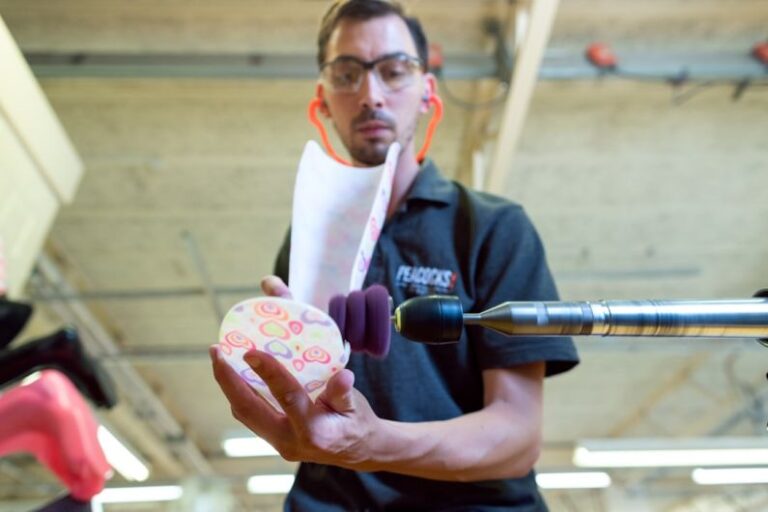
Hamsters are adorable and intelligent creatures that can be trained to perform various behaviors and tricks. Positive reinforcement is a highly effective method for training hamsters as it focuses on rewarding desired behaviors rather than punishing unwanted ones. By utilizing positive reinforcement techniques, you can create a strong bond with your hamster and make the training process enjoyable for both of you. Here’s how you can use positive reinforcement in hamster training.
Understanding Positive Reinforcement
Positive reinforcement is a training method that involves rewarding your hamster with treats, praise, or other rewards when it exhibits a desired behavior. The key to positive reinforcement is to immediately reward your hamster after it performs the behavior you want to encourage. This helps your hamster associate the behavior with the reward, increasing the likelihood that it will repeat the behavior in the future.
Choosing the Right Rewards
When using positive reinforcement to train your hamster, it’s essential to choose the right rewards. Hamsters are motivated by food, so treats such as sunflower seeds, fresh fruits, or commercial hamster treats can be effective rewards. Make sure the treats are small and easy for your hamster to eat quickly, so there is minimal interruption to the training session.
Timing Is Key
Timing is crucial when using positive reinforcement in hamster training. To effectively reinforce a behavior, you must reward your hamster immediately after it performs the desired action. This instant gratification helps your hamster make a clear connection between the behavior and the reward. If you delay the reward, your hamster may not understand why it is being given, leading to confusion and ineffective training.
Start with Simple Commands
Begin your hamster training with simple commands or behaviors that are easy for your hamster to understand and perform. For example, you can start by teaching your hamster to stand on its hind legs or to come to you when called. Break down the desired behavior into small steps and reward your hamster for each step it successfully completes. As your hamster becomes more adept at the behavior, you can gradually increase the difficulty level of the commands.
Consistency Is Key
Consistency is essential when using positive reinforcement in hamster training. Make sure to reward your hamster consistently each time it performs the desired behavior. This helps reinforce the connection between the behavior and the reward, making it more likely that your hamster will continue to exhibit the behavior in the future. Inconsistency can lead to confusion and frustration for your hamster, so be sure to maintain a regular training schedule and stick to the same rewards for each behavior.
Incorporate Clicker Training
Clicker training is a popular method that can be effectively used in conjunction with positive reinforcement to train hamsters. A clicker is a small device that makes a distinct clicking sound when pressed. You can use the clicker to mark the exact moment your hamster performs the desired behavior, followed by immediately giving it a treat as a reward. Over time, your hamster will learn to associate the clicking sound with the reward, making the training process more efficient and precise.
Be Patient and Positive
Training a hamster takes time, patience, and a positive attitude. Remember that each hamster learns at its own pace, so be patient and avoid getting frustrated if progress is slow. Stay positive and celebrate even small achievements to keep your hamster motivated and engaged in the training process. With consistency, positive reinforcement, and a little bit of patience, you can successfully train your hamster to perform a variety of tricks and behaviors.
Incorporate these tips into your hamster training routine and watch as your furry friend learns and thrives in a positive and rewarding environment. With the right approach and plenty of love, you can build a strong bond with your hamster while teaching it new and exciting skills.





